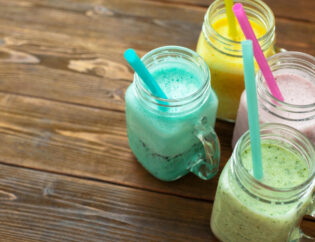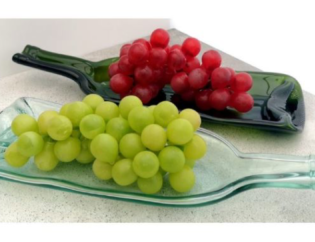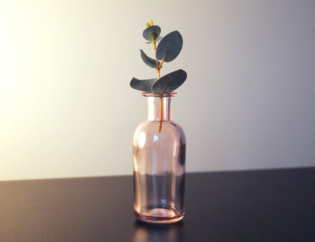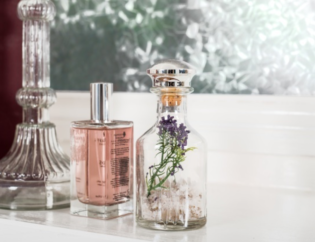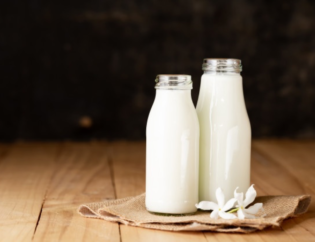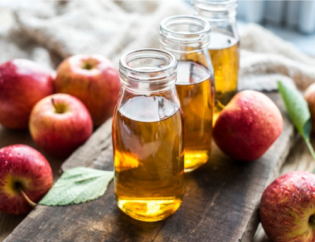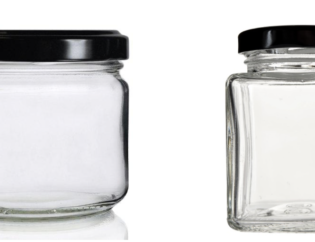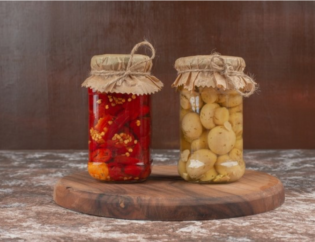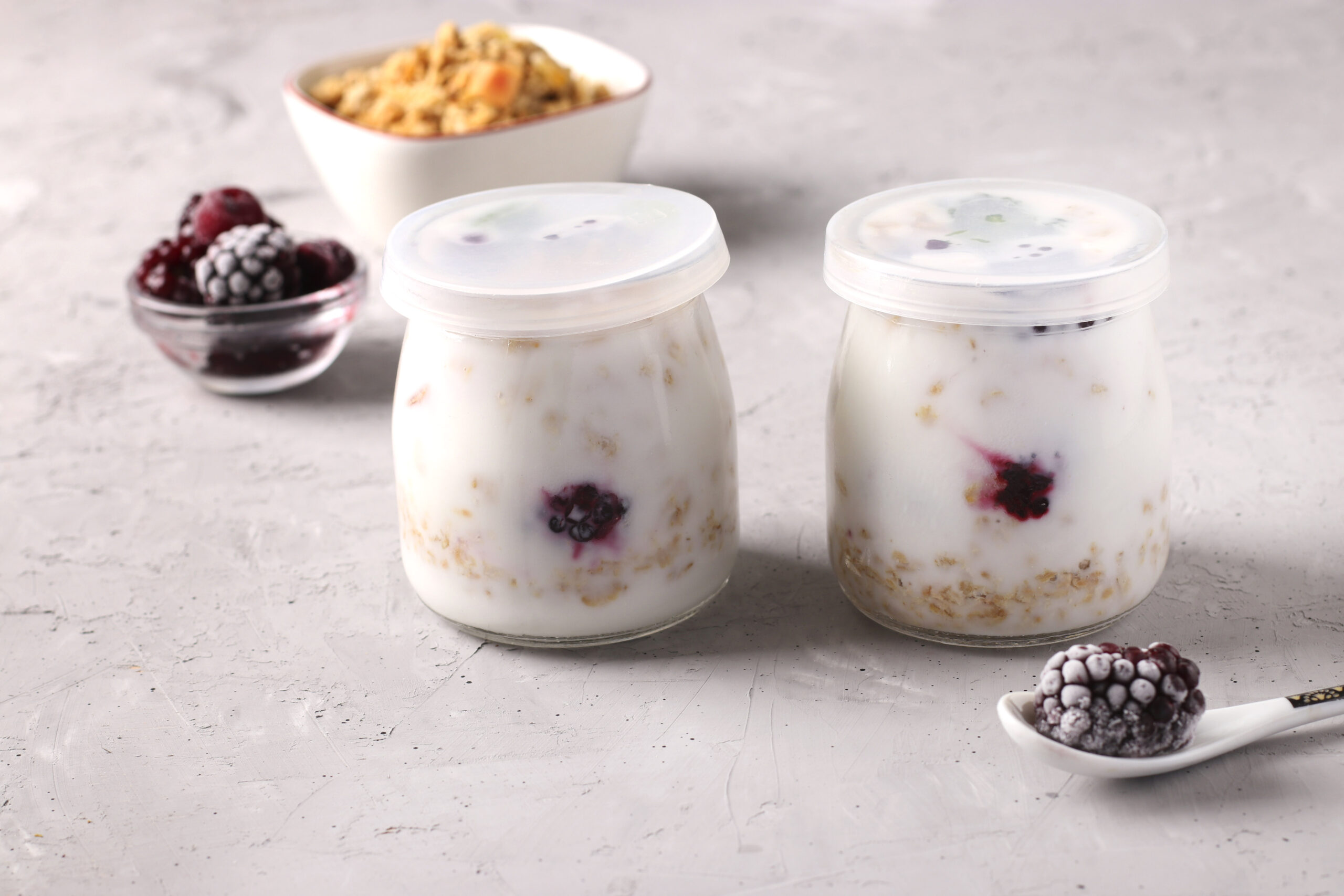
Looking for safe ways to store food for a long time, save leftovers, extra fruits, and vegetables, or even baked goods? In the pantry, refrigerator, or even freezer, glass containers are excellent for storing food. Freezing food in glass is entirely safe and straightforward, but a few considerations to bear in mind.
We explain why we prefer freezing food in glass containers, what foods can be frozen in them, and how to go about it.
Exactly why do we prefer to freeze food in a glass
Greener in terms of environmental impact
- Glass, in contrast to plastic, is not derived from petrochemicals.
- Glass is made from abundant natural raw materials like sand and glass waste, making it resource-efficient.
- On the other hand, Tempered glass cannot be recycled, including glass food packaging jars and bottles.
Better for your health and the health of your family
- BPA, PVC, phthalates, and other hormone-disrupting chemicals are absent from glass.
- Toxic chemicals will contaminate nothing in your food if you use this product.
Reduces food waste as a result
- The use of glass reduces the amount of plastic zip-lock bags and containers that are thrown away.
- Instead of storing leftovers in the fridge, consider freezing them.
- Fractionated vegetables can be used to make broth and soup in the future.
- It is possible to see what is in the glass jars and containers; there is no risk of missing food in the freezer.
It's a breeze to keep it looking great.
- Glass is impervious to odours and discolouration.
- Glass is scratch-resistant and will maintain its new appearance for many years.
- Because it's dishwasher safe, it can easily be cleaned with soap and water.
- In contrast to plastic, it dries quickly because it is not a porous material.
Affordable
- Ball mason jars or Kilner glass jars are inexpensive and versatile storage options that are freezer-friendly.
- You can expand your glass jar collection on a budget by saving glass jars from things like pasta sauce, condiments, and pickles.
Versatile
- Containers made out of glass-like Glass lock containers and Weck glasses come in a wide range of shapes and sizes, as do glass jars and bottles.
- After cooling, some containers can go straight from the oven to freezer or freezer back into the range, depending on their design (once the food is thawed)
Using a glass freezer container, what foods can you safely store in there?
- Dried beans should be allowed to cool completely before being placed in a mason jar or glass container with or without liquid after they have been cooked.
- Cooked and cooled biscuits should be placed in a wide mouth jar and frozen.
- When freezing fruit or vegetables, place them flat on a baking sheet, transfer them to a glass jar or container, and store them in the freezer again.
- Citrus zest can be frozen in a glass jar or container to save money and reduce food waste.
- You can freeze vegetable peels or scraps for use in broth in the future because they are easy to store in glass jars or other freezer-safe containers.
- When freezing broth, make sure there is a 3cm gap between the glass jar or container and the food. Broth (you could also use a stainless-steel ice cube tray to freeze broth too)
- You should leave a 3cm space at the top of soups and sauces when freezing them, no matter how thick or thin they are off.
- Make a big batch of baby food and freeze it for quick, healthy meals throughout the week.
- Make single-serving meals out of leftovers for quick midweek meals by dividing them into single-serving portions.
How to Freeze Food in a Glass:
The fact that liquids expand when frozen means that you should leave a 3cm space at the top when storing anything in the freezer.
A thin necked bottle's risk of cracking is another reason we don't recommend it.
Because not all glass is created equal when it comes to thermal stress, we recommend using borosilicate glass containers when heating and freezing food and beverages. The use of ball mason jars is another option.


